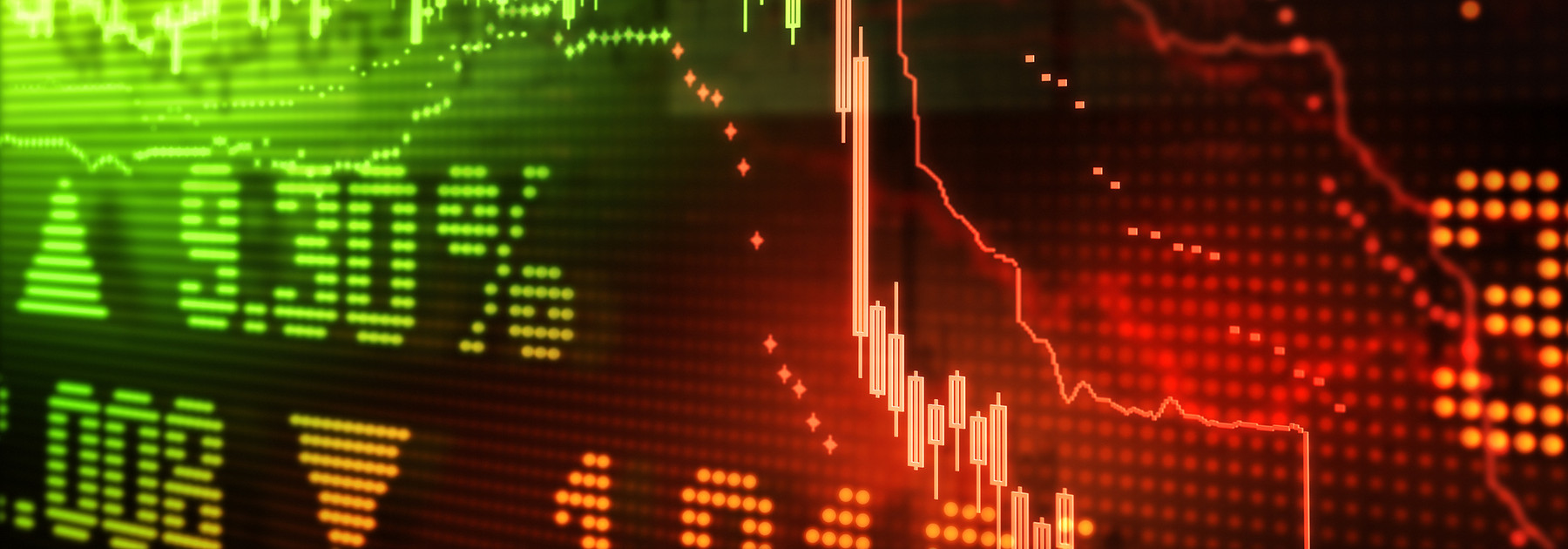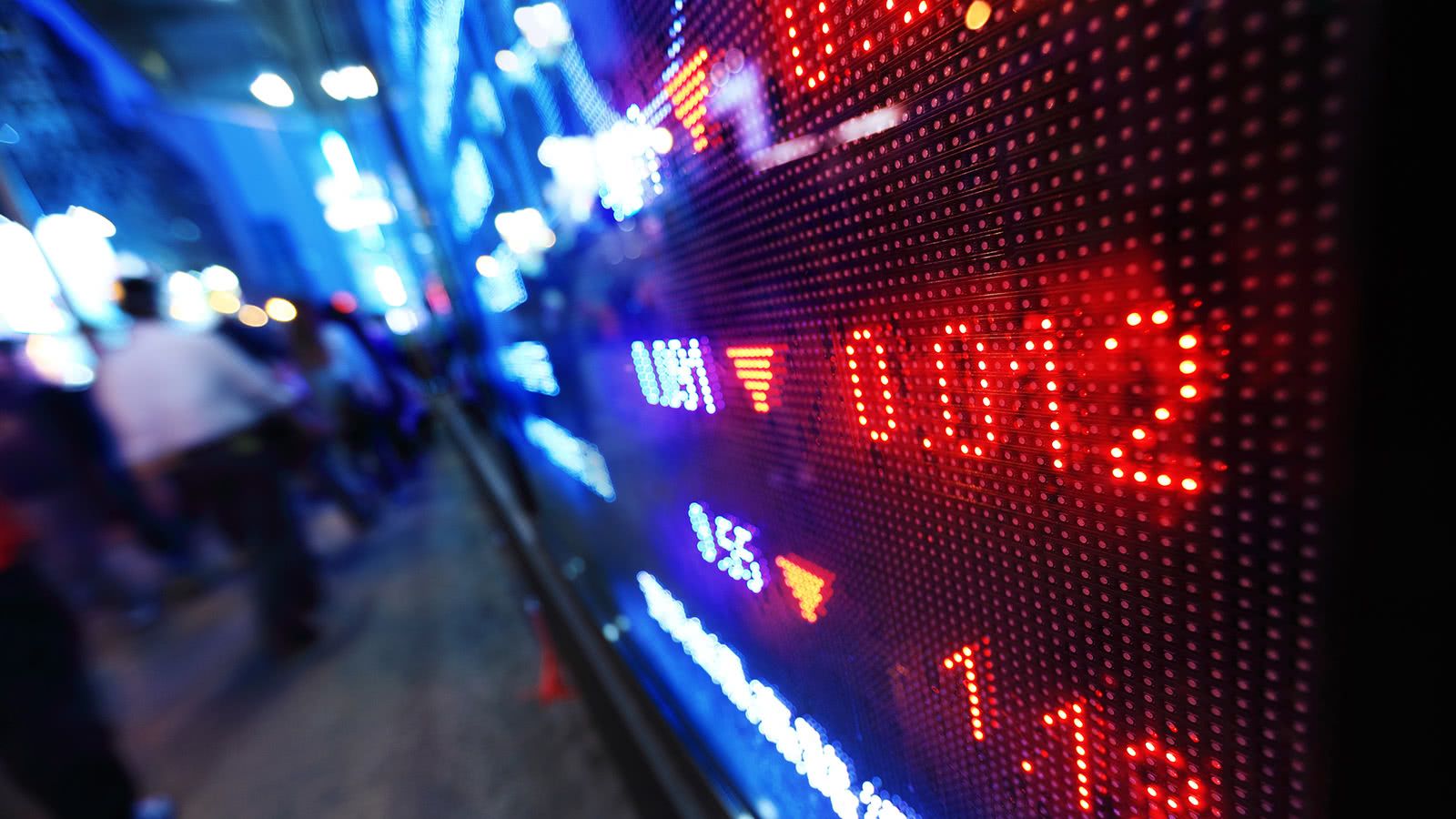While it may have seemed that the worst of the market downturns were behind us after a calmer March, selloffs once again increased due to continued inflation concerns, discussions of more aggressive interest rate increases from the Fed, and geopolitical issues.
The combination of these effects led to losses for all three major US indices. The S&P 500 fell 8.80%, the tech-heavy Nasdaq dropped 13.26%, and the Dow Jones Industrial Average closed down 4.90%. This was the worst month for the Nasdaq since October 2008.
Globally, the war between Ukraine and Russia, as well as continued Covid-19 outbreaks in China have led to more losses in the markets. Energy prices are up and consumer confidence is at the lowest it’s been in Europe since the start of the pandemic, which led to a 6.79% decrease in developed markets and a 5.83% loss in emerging markets.
In the fixed income space, 10-Year Treasury yields continued to rise, closing at 2.89%. This is an even larger jump than it was from February to March and thus, the aggregate bond market fell again by 3.79%. As rates find their level, there has been and may continue to be some near-term volatility, though the end result should be more attractive rates for the longer-term.
Overall, April was a mostly negative month across the board, continuing the theme of 2022. With the Fed expected to be more aggressive when it comes to curtailing inflation, many investors are nervous about the potential negative economic impact of higher interest rates. However, some remain optimistic of a “soft landing” as rates remain historically low and consumers seem to be shrugging off higher prices for the time being. Either way, all eyes will be on the Fed in upcoming months.
Robinhood’s fallout continues…
Once a pioneer in commission-free trading for everyday investors, Robinhood has been met with many challenges and criticisms over the past couple of years. While they predicted a loss for the first quarter of 2022, it was larger than expected at a 43% loss year over year. In addition, the number of monthly users fell 10% during that same time period.
Robinhood is receiving no sympathy from Berkshire Hathaway Vice Chairman Charlie Munger though, who referred to the situation as “God enacting justice.” He is heavily against their payment for order flow business model, which more users are learning about and looking to get away from.
As alternative brokerages continue to pop up, especially with more transparent fee structures, many are wondering how Robinhood will respond.
Home prices just keep going up.
At the beginning of this year, home prices rose by double digit percentages in most major cities. This is a continuation of a trend that has been active over the last couple of years.
While this was not as big of a problem with mortgage rates at record lows, now rates are moving up right along with the prices, making homes less affordable.
For the week ending April 28, the average 30 year fixed-rate mortgage was 5.1%. That means a $250,000 loan is now $300 more expensive per month versus a 3% rate.
This makes it increasingly more difficult for first time home buyers who can’t capitalize on selling a home as well. Ultimately, we may see housing prices take a breather as demand could eventually fall.
Broad Market Returns
| Asset Class | 1 Month | 3 Month | YTD | 1 Year |
| S&P 500 (VOO) | -8.78% | -8.15% | -12.96% | 0.09% |
| NASDAQ (QQQ) | -13.60% | -13.61% | -21.17% | -6.88% |
| Large Cap Growth (VUG) | -12.88% | -13.71% | -21.83% | -8.37% |
| Large Cap Value (VTV) | -4.79% | -2.80% | -3.84% | 5.86% |
| Small Cap Growth (VBK) | -11.03% | -10.13% | -21.66% | -22.22% |
| Small Cap Value (VBR) | -6.34% | -3.27% | -7.54% | -2.61% |
| Developed International (VEA) | -6.79% | -8.64% | -12.17% | -8.94% |
| Emerging Markets (VWO) | -5.83% | -12.29% | -11.92% | -15.75% |
| REITs (VNQ) | -4.09% | -1.63% | -9.91% | 7.89% |
| Aggregate Bonds (BND) | -3.97% | -7.68% | -9.59% | -8.71% |
| Corporate Bonds (VCIT) | -5.00% | -9.30% | -11.55% | -10.53% |
| High Yield Bonds (JNK) | -4.40% | -6.48% | -9.06% | -6.69% |
| Long Term Treasuries (VGLT) | -9.19% | -14.96% | -18.10% | -12.18% |
| International Bonds (BNDX) | -3.00% | -6.35% | -7.64% | -7.47% |
Market Health Indicator
The Market Health Indicator (MHI) measures market health on a scale of 0 – 100, analyzing various market segments such as economics, technicals, and volatility. Higher scores indicate healthier market conditions.

Fun Facts
- Reportedly, more calls are made on Mother’s Day than on any other day of the year. It’s also the busiest day of the year for restaurants… Mark your calendars for May 8 this year!
- Last quarter Apple made an average of $13K every second of each business day. That will keep the doctor away…
- In the 1800s, ketchup was prescribed and sold to people suffering from indigestion.
- In May 1888, patent #382,280 was granted to Nikola Tesla for the “electrical transmission of power.”
The Aspire Wealth Team


